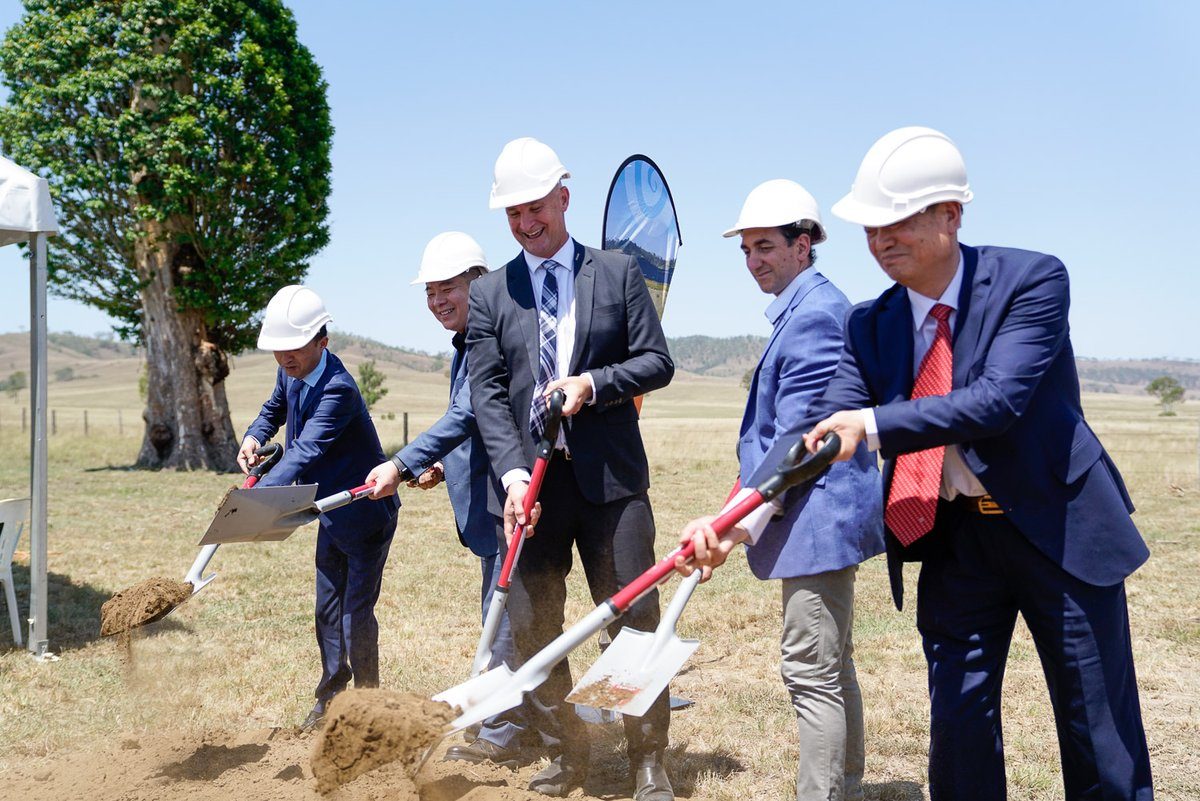From pv magazine Australia.
A project boasting 1.5 GW of solar PV and 500 MWh of energy storage broke ground 100 km north of Brisbane on Wednesday, becoming Australia’s largest solar development to enter construction. While no public announcement was made, renewables industry body the Smart Energy Council posted a photo from the ground breaking ceremony today on Twitter.
Not much is known about the developer, Sunshine Energy, as the plant appears to be its first and only project, judging from its website. According to a company extract from the Australian Securities and Investments Commission, Sunshine Energy Australia was registered in 2017 in Mitchell, in the Australian Capital Territory, with a headquarters in Melbourne. Its principle shareholder is Hong Kong-based Eastern Union Limited, and the bulk of its shares are owned by former director Anthony John Youssef and current director Chi Man Li, both of whom have a residence in Australia.
The development is being mooted as bringing an economic boost to the region, with the expected creation of 1,000 jobs – on-site and logistically – plus 30-60 permanent positions.
According to Sunshine Energy, the solar farm is expected to require approximately 6-8 months for the initial site preparation and further 16-24 months to complete construction. It could eventually expand to a whopping 2 GW within 36 months, depending on the suitability and size of the land around the site.
This content is protected by copyright and may not be reused. If you want to cooperate with us and would like to reuse some of our content, please contact: editors@pv-magazine.com.




The latest, greatest utility-scale battery storage technology to emerge on the commercial market is the vanadium redox battery, also known as the vanadium flow battery.
Jind have good manpower and please in Haryana
I think this is a big startup place in India and Haryana for all north India
Everything is very open with a very clear explanation of the challenges. It was truly informative. Your site is very helpful. Many thanks for sharing!|